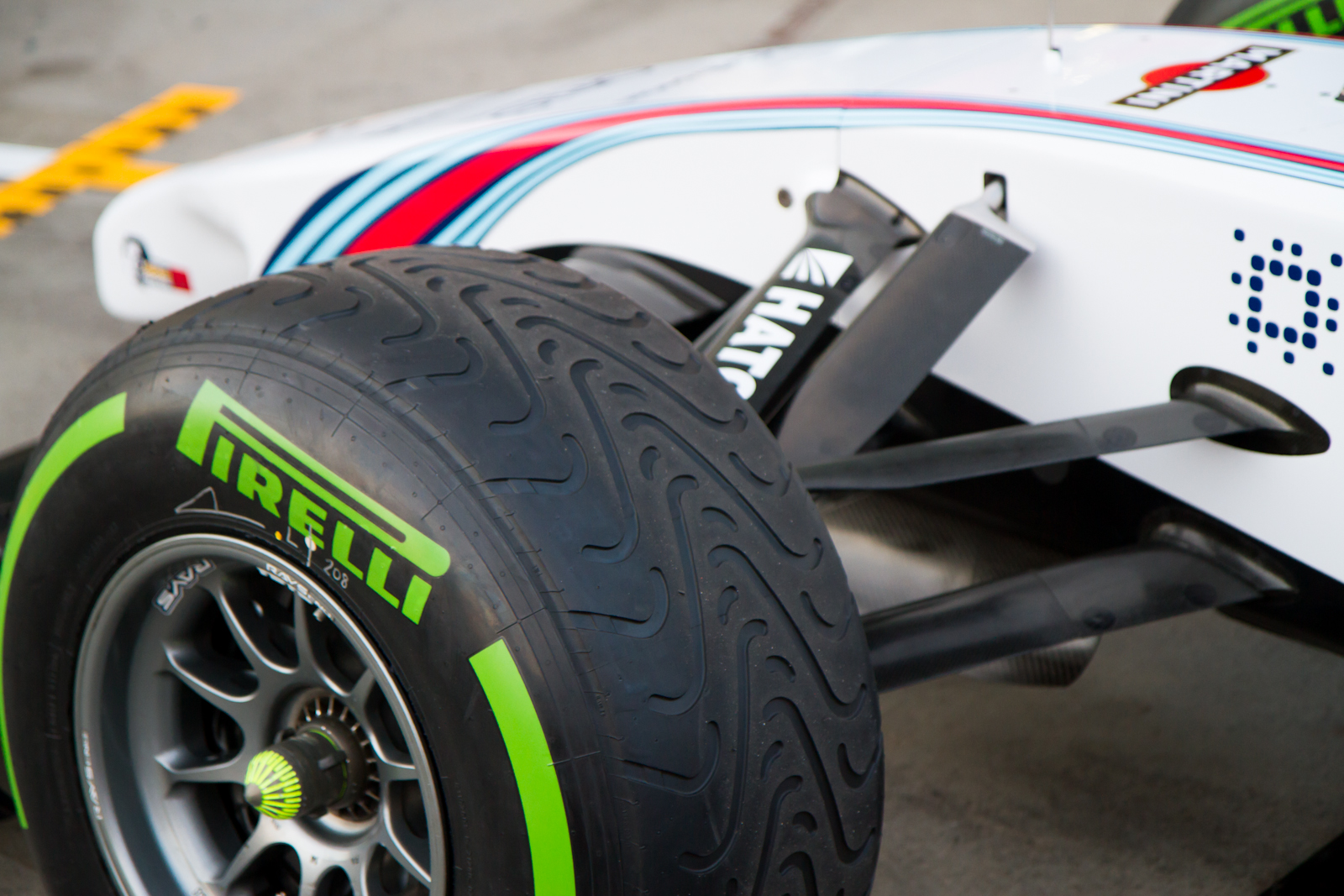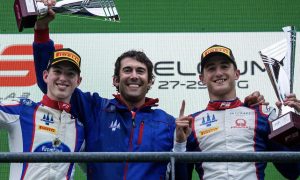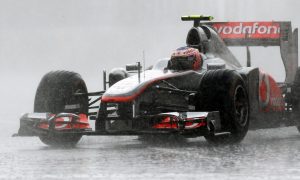One of the major aspects to victory at Spa tomorrow will be which driver manages their tyres correctly during the various stints of the race.
In recent years we’ve seen the trend of tyres becoming more and more important to a race victory. Take Sebastian Vettel’s win in Malaysia last season. It was mostly down to the fact the Ferrari looked after it’s tyres better than the Mercedes, who took the life out of their tyres quicker. As a result, thanks to his strategy, Vettel was able to go on and take the victory. And tomorrow’s Belgian Grand Prix will be a similar race to Malaysia, with tyre and tyre conservation key to winning around Spa.
Traditionally Spa is one of the cooler races on the calendar. Much like Spielberg in Austria, the Spa Francorchamps circuit is set in its own microclimate in the Arden forest. Over the years we’ve seen it go from brilliant sunshine, to hail, to drizzle, back to sunshine in just a session. It really is a circuit you can get all four seasons of weather in just an hour. As a result of the cool nature of the track, Pirelli went with the medium, soft, and supersoft tyres for this weekend. And as such the teams made their tyre choices eight weeks ago, with their understanding of the unique weather Spa often gets.
There’s been a lot of concern about the tyre choices for Spa this year following the 2015 weekend there. Pirelli, who only had to bring two compounds to the race at the time, brought the medium and soft tyres. What followed were several high profile blowouts as the tyres struggled to deal with the forces being put through them. Especially after corners like Eau Rouge. Nico Rosberg suffered a tyre failure in one of the practice sessions. However, it was Vettel’s spectacular failure after Eau Rouge on the penultimate lap that caught everyone’s attention. His Ferrari suffered a dramatic right rear failure after Ferrari tried a one stop strategy. The laps completed on the tyre were within the tyre life prediction Pirelli gave the teams, with the failure later being put down to debris on the circuit.
However, not wanting to have a similar issue here this year as they did in 2015, Pirelli have taken some precautionary measures. Most notably the tyres will be at a much higher PSI than they were last year, at 30PSI. This is significantly higher than it is at other races, which does have an effect on how the tyre performs and behaves.
So why exactly will tyres be such a key focus of the race tomorrow? The main issue is the race is unseasonably hot. There’s none of that four seasons of weather, there’s just brilliant sunshine. The result is a hotter race and track temperatures, with track temperature easily in the low to mid 40 degrees during qualifying today. The main issue with this high trach temperature is the Supersoft tyres Pirelli brought just aren’t holding up around the lap because it’s too hot. The high temperature leads to high tyre degradation, which leads to the tyre giving up performance a lot quicker than predicted. You only have to look at Vettel’s last flying lap in qualifying to see that. His issues in the final corners were due to the supersoft tyre having no performance left in it.
Each driver is allowed to pick their 13 tyre allocations eight weeks before a European race. The tyres allocations are then not allowed to be changed, as Pirelli has to specially prepare the tyres for that weekend. No one could have predicted the unseasonal weather eight weeks ago. As a result, many tyre strategy’s look to have blown up in people’s faces. Teams like Ferrari brought eight sets of the supersoft tyres here this weekend, and less of the soft tyre. With the weather the way it is the suggestion now is the soft tyre is the preferred race tyre. With Pirelli only recommending a maximum stint of 9 laps on supersoft tyres tomorrow. Suddenly the Ferrari strategy is compromised by a lack of soft tyres.
We’ve seen some teams trying to toughen up their sets of supersoft tyres in a rather clever way. Firstly, the teams have sent their drivers out to do a few laps with the tyre to generate heat in them, without taking as much life as possible out of them. These slightly worn tyres then have a much sticker outside, like tyres have when they start working. It’s this grip that allows the tyres to work. Straight away after the laps the tyres are taken off and put back in the tyre blankets for protection. The team will then need to leave the tyres in the blankets unplugged overnight. This will cause the sticky tyre level to harden once again, putting some extra toughness on a set of supersoft tyres, than say a fresh set of them. The tyres will then be plug in tomorrow as per standard operating procedure. The result is now a driver has a slightly tougher set of supersoft tyres, they will still not be as good as the soft tyres. But they will help minimise the damage of having so many sets of supersoft tyres.
As you can see tyres will be a key point of tomorrow’s strategy to win. Inside the top ten, the drivers much use the tyre they set their fastest lap on in Q2. For Max Verstappen, this means starting the race on the less favoured supersoft tyre. Expect him to pit earlier than the other front runner’s tomorrow. Especially if he either stays in second or falls back at the start. As being in the dirty air of another car will destroy his tyres even more. Nico Rosberg, Daniel Ricciardo, and the Ferrari duo are all on the soft tyre for the start of the race. With Ricciardo even going as far as to say he had the better strategy in his post qualifying interview. The reality is we won’t know who has the best strategy, until the chequered flag falls tomorrow.
Feature Image Credit: https://commons.wikimedia.org/wiki/File:2014_Australian_F1_Grand_Prix_(13125131434).jpg























